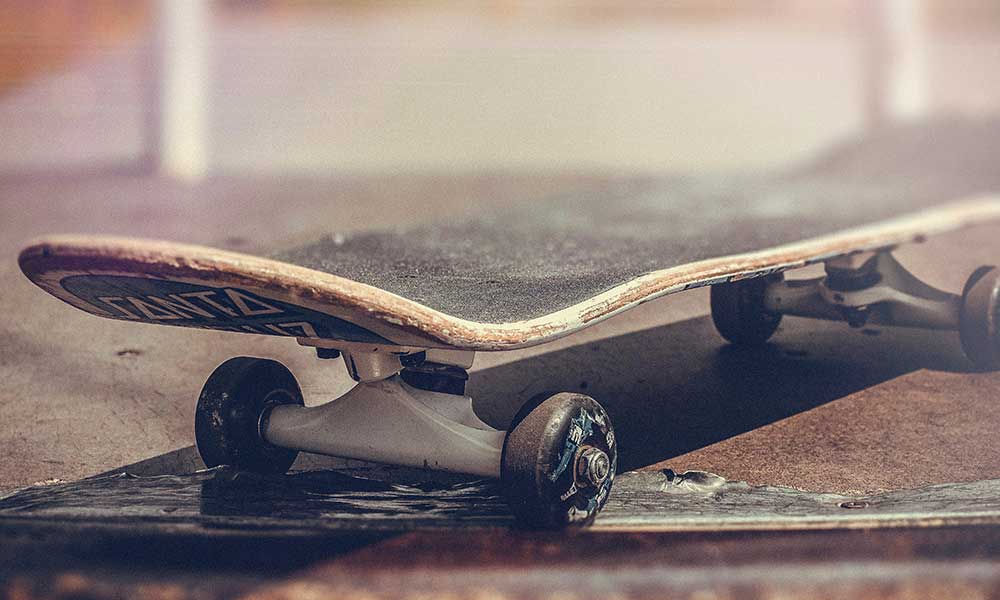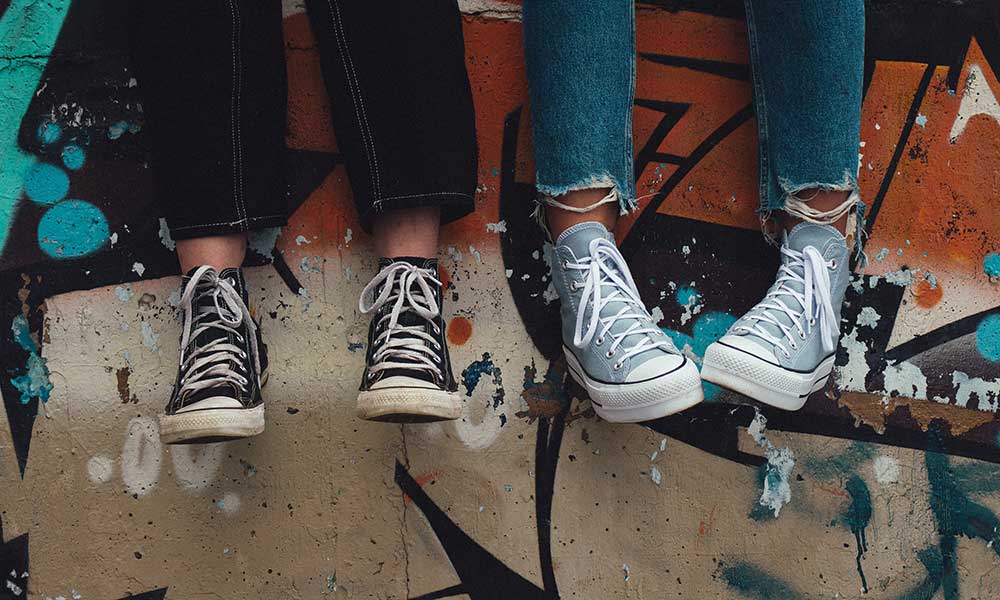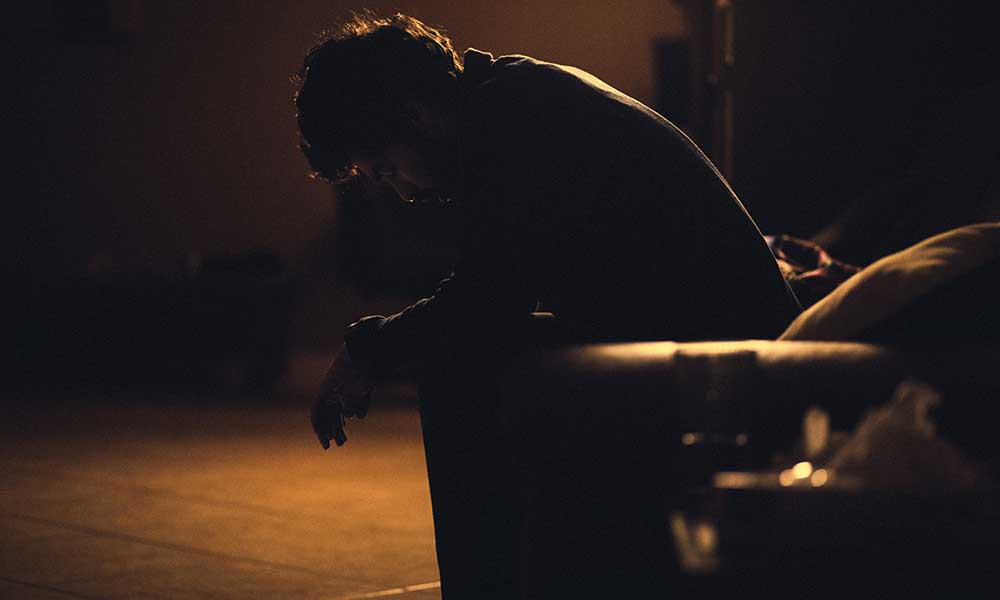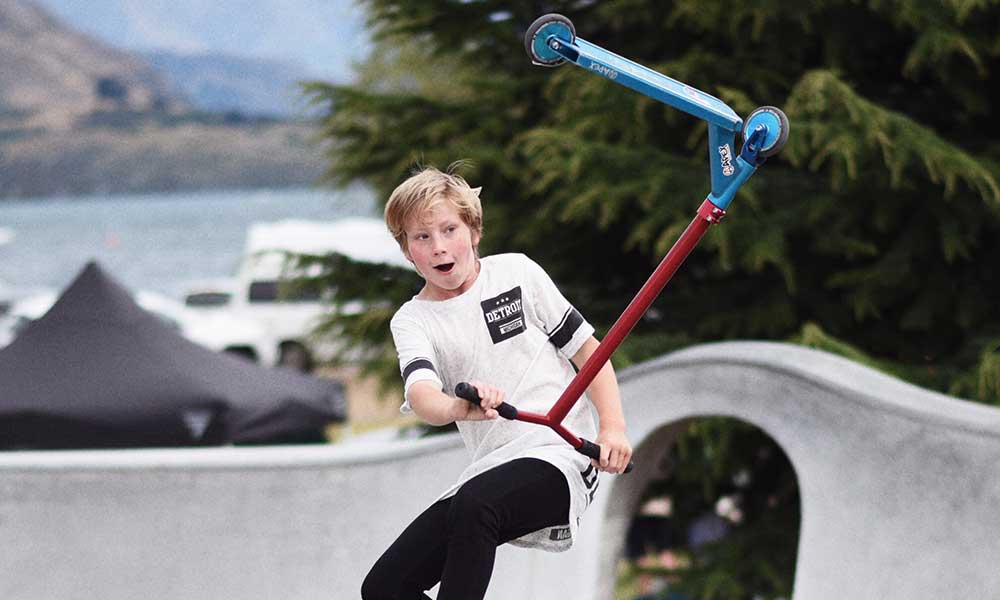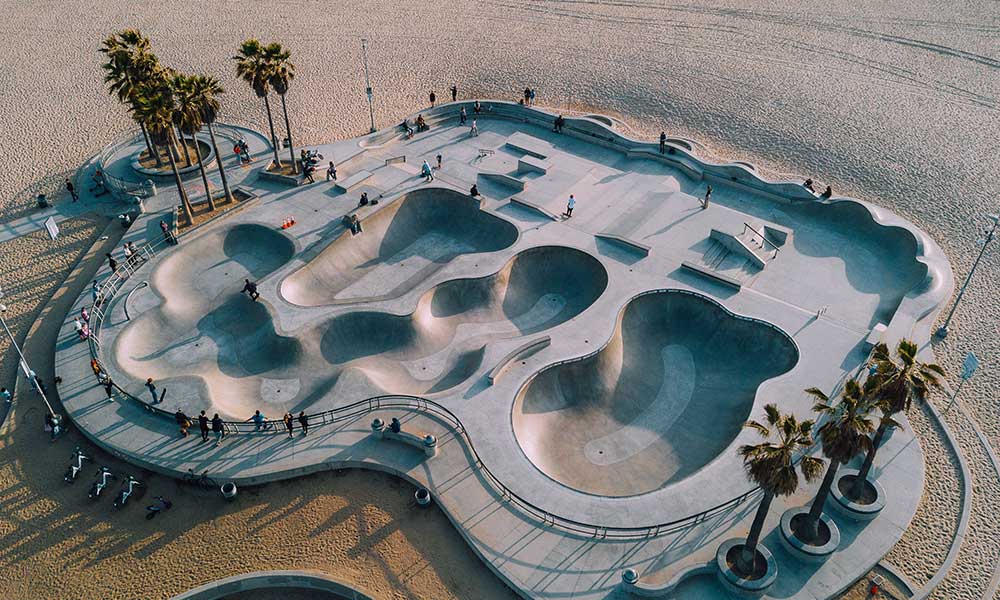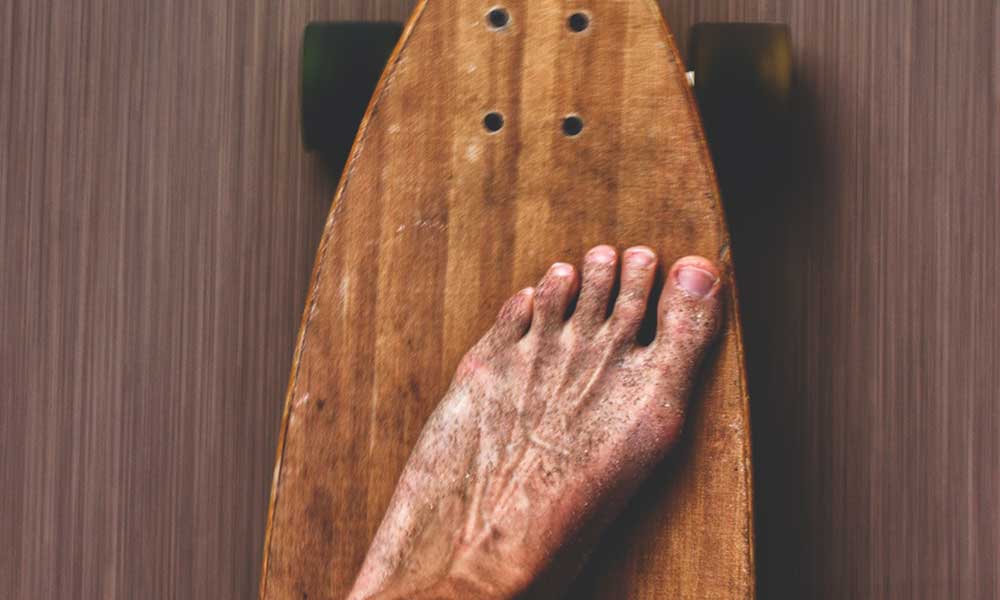Most pro skaters learn the sport when they are under the age of 10. They grow up skating and it turns from a weekend passion into a daily obsession. The same is true for many committed amateurs.
But being an adult doesn’t mean that it’s too late. You haven’t missed the boat, and as long as you’re willing to learn and have the time to make it work, you can become the skilled skater you always wanted to be.
Can Adults Learn to Skateboard?
It’s easier to learn something when you’re young. It’s true for languages and playing an instrument, and it’s also true for skateboarding.
You have a few things on your side as a kid.
Firstly, you have a lot more free time. Sure, you have school and homework, but your evenings and weekends are free, you don’t have the responsibility of work, and you can do what you want for a couple of months in the summer.
Secondly, you’re much less embarrassed and ashamed. As an adult, you might feel a little self-conscious skating on the street. As a kid, you don’t care.
Kids have a certain sense of invincibility. They don’t worry about falling over and so they’re more likely to go all-out when learning new tricks.
As an adult, you’re a little more sensible and are more likely to worry about every tumble.
Last but not least, your brain is still growing as a child and so you tend to absorb new information better. It’s easier to commit tricks and techniques to your muscle memory.
You also have a few things on your side as an adult:
- Money: When you’re young, you rely on your parents for money. You need to wait for them to buy you a skateboard or give you enough of an allowance so that you can buy one for yourself. As an adult, you’re in control of your finances, and basic skateboards are cheap enough to buy when you want one.
- Dedication: Kids can be pretty dedicated, especially when they have a genuine interest in something. But adults have more patience and are less prone to giving up at the first sign of difficulty.
- Time: Although it’s not as easy to find the time when you’re an adult, you’re in control of your own schedule. You can practice as and when you wish, providing you structure it around your schedule. There’s also more of a sense of urgency. You may already feel like you’ve wasted too much time, so you’ll be more likely to push yourself when learning.
What You Need to Learn Skateboarding As An Adult
If you’re keen to start skateboarding as an adult, simply follow these steps.
Adopt the Right Mindset
Learning to skateboard as an adult requires the right mindset. As soon as you start thinking that you’re too old or that people will be laughing at you, you’re going to fail.
Remember:
- You’re never too old to start skateboarding.
- People don’t care what you do.
- Skateboarding is not just for kids.
- Everyone has to start somewhere.
Learning to skateboard is not a sprint. It’s a marathon. That’s true for all ages, but it’s even truer for adults.
Be patient. Keep going. Stay confident. And remember that the end result (being able to perform a variety of tricks) is always worth the struggle and frustration.
Buy The Right Equipment
If you buy the wrong skateboard, learning to skateboard will take longer and be decidedly more frustrating.
The right skateboard is one that’s suitable for your style and preferred type of skateboarding.
If you’re learning how to perform tricks at your local skate park, look for a traditional skateboard. If you want to cruise downhill or ride to work, pick up a cruiser.
Don’t worry too much about the specifics (trucks, wheels, grip tape). Just buy a good skateboard from your skate shop. Variations in skateboard parts can make a difference, but it’s slight, and it’s not something you’ll notice as a beginner.
In addition, you’ll need to think about safety gear, including a helmet, elbow pads, knee pads, and wrist guards. You can find most of this safety gear at your local skate shop. It will protect you when you skate, reducing the risk of sprains, broken bones, and concussions.
Choose Your Practice Area
Where are you going to practice? Will you be taking your skateboard down to the local skate park or practicing in your backyard?
It should be somewhere comfortable, safe, and close. If you have to travel an hour out of your way to practice, you’ll probably give up after a few sessions.
You don’t need a lot of space to learn the basics, so a yard or even a driveway is ideal. To begin with, you’ll mostly be getting used to standing and pushing, after which you’ll be performing a few basic tricks. You don’t need big jumps or grind rails to do that. A smooth surface with a little slope is ideal.
You should also establish a schedule, something that you can stick to. That could mean skating for 10 minutes in the early morning before work or doing a couple of hours on the weekend. The trick is to make it a regular thing.
Start With The Basics
Before you learn any tricks, focus on your balance.
Practice stepping on and off the skateboard. Discover whether you prefer a right or left (regular or goofy) stance and focus on getting your foot placement right.
If your strongest foot is your right foot, then you should place your left foot forward; if your strongest foot is your left foot, then place your right foot forward.
Always keep your knees bent slightly and place your legs roughly shoulder-width apart.
Once you have the stance sorted and you’re able to balance successfully, it’s time to start pushing.
Simply place your back foot forward and your front foot closer to the center of the skateboard. Push off the ground with your back foot to propel the skateboard forward.
Keep pushing to gain more speed before bringing both feet back onto the skateboard when you’re ready.
This may sound like an overly simplistic way to start, but it’s one of the fundamentals and it’s not as easy as it sounds.
Once you have these basics down, you can move on to more advanced tricks and techniques.
Learn Tricks
After learning the basics, it’s time to advance toward the ollie and a few other basic tricks.
Start watching skate videos and reading tutorials. Ask for advice from friends and other skaters.
Surround Yourself with Other Adult Skateboarders
Make friends with seasoned skaters. It’ll inspire you to keep going and will prove to you that learning to skateboard isn’t just for kids and teens. Those older skaters could also teach you a thing or two and may offer some assistance regarding your stance, setup, and other essentials.
Summary: Learning to Experience as an Adult
There are loads of adult skaters out there. Sure, most people learn when they are young and it tends to be more associated with teenagers, but those teens have to grow into adults and they don’t give up skating when they do.
Not only can you learn to skate as a grown man or woman, but you should, and it’s just as cool as it is for teenagers and younger kids. Sure, you have other responsibilities and it’ll be a little bit harder, but if you have some free time and a lot of dedication, you can make it work.
After a few months of skating, you will have mastered the ollie and a few other tricks and will be well on your way to becoming an accomplished skater.
You might not be good enough to go pro, but you can certainly show off to younger skaters at the skate park and could also try your hand at some local amateur competitions.


